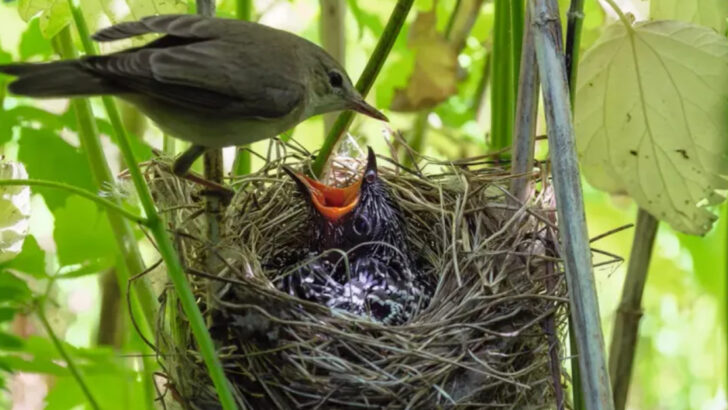Love and loyalty? Not in this animal kingdom tale.
Some parents ditch their kids the moment they’re born.
No hugs. No lessons. No goodbyes.
Just a brutal “figure it out yourself.”
While some animal moms carry their babies for miles or fight off predators tooth and claw,
others lay an egg, glance over their shoulder—and walk away forever.
And the reasons?
Cold, strategic, sometimes downright savage.
From survival math to bizarre instincts, these creatures break every rule in the parenting book.
We’re diving into a world where nature doesn’t care about cute.
Where young ones are left to sink or swim—literally.
These are the wildest cases of parental vanishing acts…
and the mind-blowing logic behind them.
Cuckoo

The cuckoo bird is a notorious cheat in the avian world. Instead of building its own nest, it lays eggs in the nests of other birds. This brood parasitism leaves the unsuspecting host to raise the cuckoo chick.
Upon hatching, the cuckoo chick often ejects the host’s eggs or hatchlings to monopolize the care.
Why does this happen? The female cuckoo can lay up to 50 eggs a season, a task that would be impossible to manage alone. By outsourcing parental duties, the cuckoo ensures survival while focusing on egg-laying.
Sea Turtle
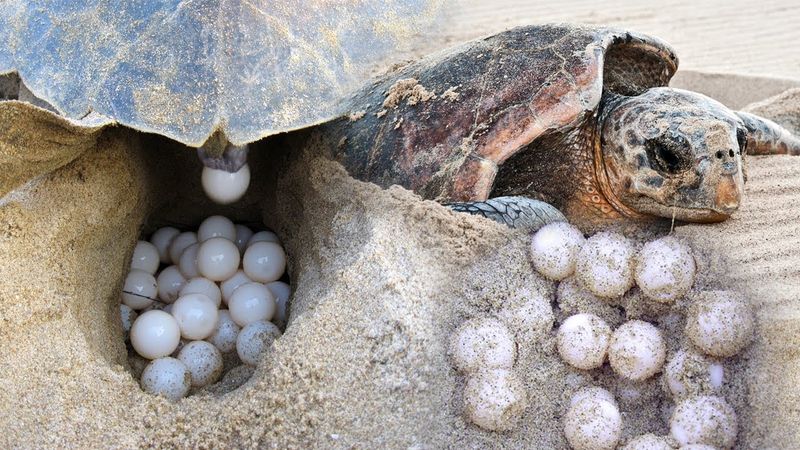
Under the cloak of night, sea turtles crawl onto sandy beaches to lay their eggs. They dig nests, deposit dozens of eggs, and then return to the ocean, leaving the eggs to fend for themselves.
This seemingly neglectful behavior is rooted in survival strategy.
By laying numerous eggs, sea turtles increase the odds that some will survive predation and environmental threats.
The vast ocean becomes their young’s next challenge, but those who make it to adulthood continue this age-old cycle of abandonment.
Emperor Penguin
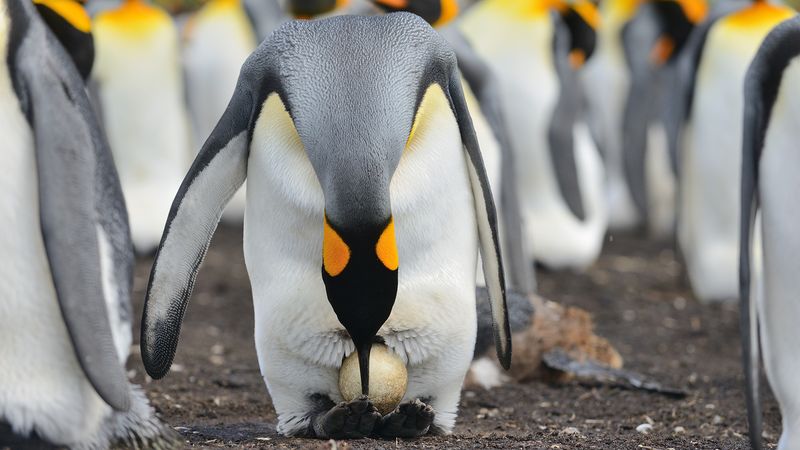
In the icy realms of Antarctica, emperor penguins are famed for their structured breeding routine. After the female lays an egg, she embarks on a two-month journey to feed, leaving the male to incubate.
This temporary abandonment is necessary for survival.
While the male keeps the egg warm, the female replenishes her energy reserves. Upon her return, roles are reversed, ensuring the chick has continuous care through shared responsibilities.
Octopus

Octopuses are devoted yet doomed mothers. After laying thousands of eggs, a female octopus guards them fiercely, fanning them to provide oxygen.
However, she stops eating and slowly starves, dying shortly after the eggs hatch. This sacrifice ensures her offspring’s best start in life.
With no maternal figure, the hatchlings must immediately fend for themselves in the vast ocean. This cycle of life and death highlights the octopus’s unique approach to parenting.
Polar Bear

Polar bear mothers display tough love in the harsh Arctic environment. After giving birth in a snow den, they nurse their cubs for a few months, preparing them for independence.
When spring arrives, the mother leads her cubs on a treacherous journey across the ice.
If a cub can’t keep up, she leaves it behind, a brutal yet necessary decision to ensure her survival and that of the stronger cubs. Such abandonment underscores the relentless challenges of polar life.
Great White Shark

Great white sharks are solitary giants of the ocean. After giving birth to live young, they swim away, leaving the pups to fend for themselves.
The absence of parental care is typical among sharks.
Born with full instincts, the young sharks learn survival in predator-filled waters. Their mother’s departure is a survival tactic, as her presence could attract predators.
This harsh introduction to life molds them into formidable hunters.
House Sparrow
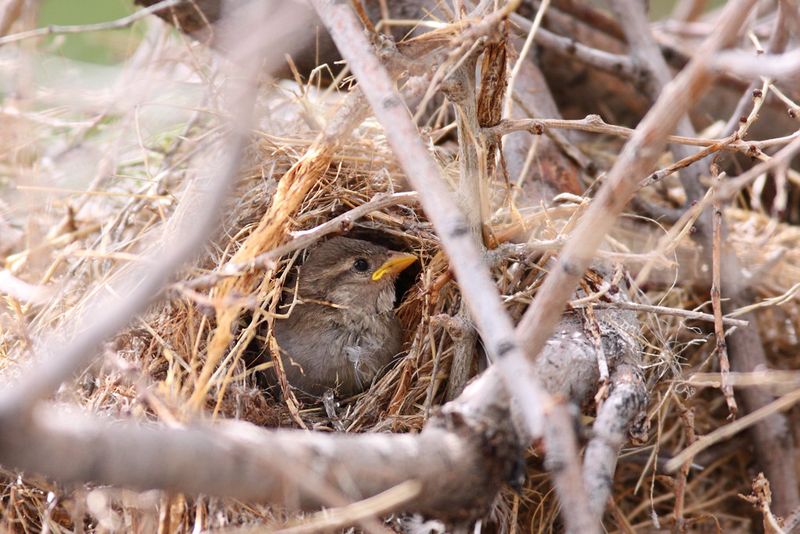
House sparrows are familiar urban dwellers with surprising parenting habits. After the eggs hatch, both parents feed the chicks. However, if food becomes scarce, sparrows may abandon weaker chicks to focus resources on stronger ones.
This pragmatic decision maximizes the chances of some offspring surviving, reflecting nature’s harsh efficiencies.
Such abandonment is not heartless but an instinctive adaptation in a resource-limited environment.
Salmon

Salmon undertake epic migrations to spawn in freshwater streams. After laying thousands of eggs, they perish, leaving the eggs to incubate alone.
This seemingly tragic end is a natural lifecycle culmination.
Salmon sacrifice themselves for future generations, their bodies nourishing the ecosystem, ensuring the eggs’ success. The young hatch, continuing this migratory legacy, a testament to endurance and renewal.
Kangaroo

Kangaroos, iconic marsupials of Australia, have unique reproductive tactics. A female can pause embryo development during tough times, focusing on her current young.
If conditions worsen, she may abandon the joey outside her pouch. This seemingly cruel act is a survival strategy, allowing her to conserve energy for future offspring.
The harsh realities of the outback demand such adaptive measures, ensuring the species’ long-term survival.
African Cichlid
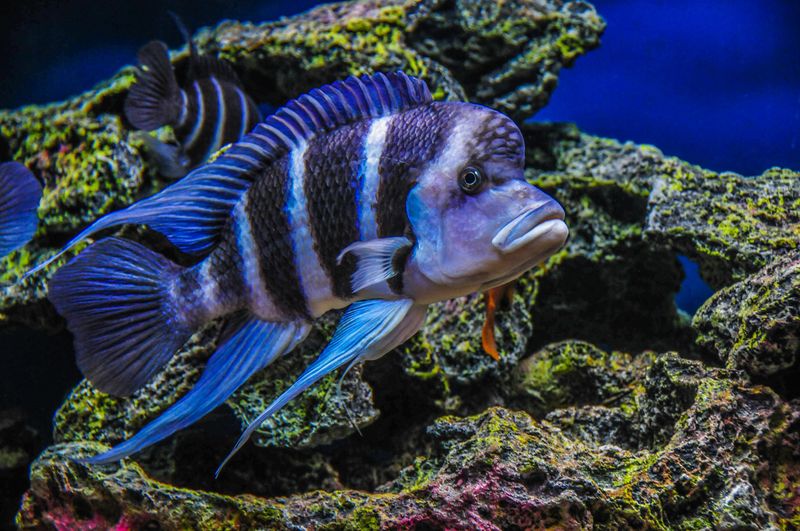
African cichlids are colorful freshwater fish with intriguing breeding behaviors. Some species mouthbrood, carrying eggs in their mouths for protection.
Yet, if threatened, they may spit out the eggs or fry, abandoning them to evade predators.
This sudden abandonment is a calculated risk in the survival game, prioritizing adult survival over immediate offspring care.
Despite the apparent harshness, it optimizes survival odds for both parents and future broods.
Wood Frog

Wood frogs are remarkable for their freeze tolerance in cold climates. In spring, they lay eggs in vernal pools and move on, leaving the eggs to develop alone.
This abandonment aligns with nature’s seasonal rhythm.
The eggs hatch into tadpoles, completing their transformation before pools dry up. This strategy aligns with the fleeting spring, a dance between time and survival.
Koala

Koalas, often associated with eucalyptus trees, exhibit a surprising trait. A mother koala will abandon her joey if it becomes ill or weak, focusing her attention on healthier offspring.
This harsh decision reflects nature’s unforgiving calculus.
By ensuring only the fittest survive, koalas conserve limited resources in their specialized diet, a survival tactic in their leaf-laden homes.

